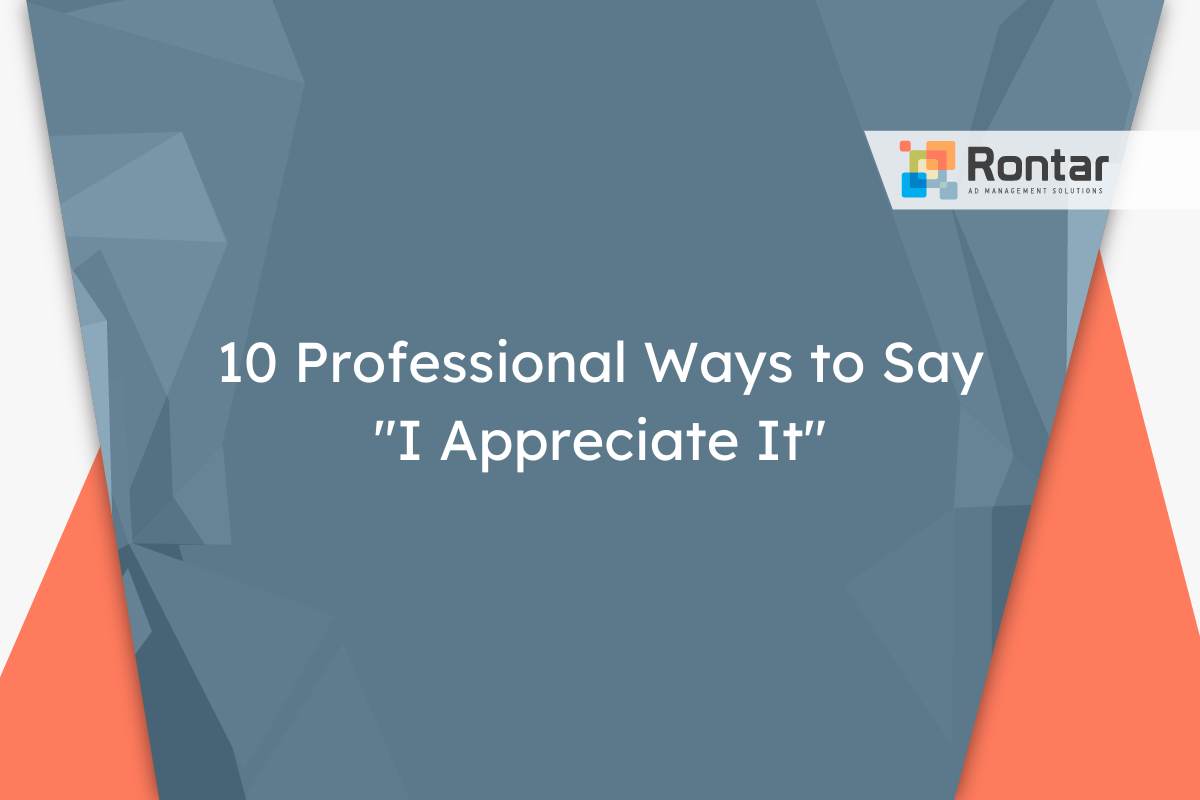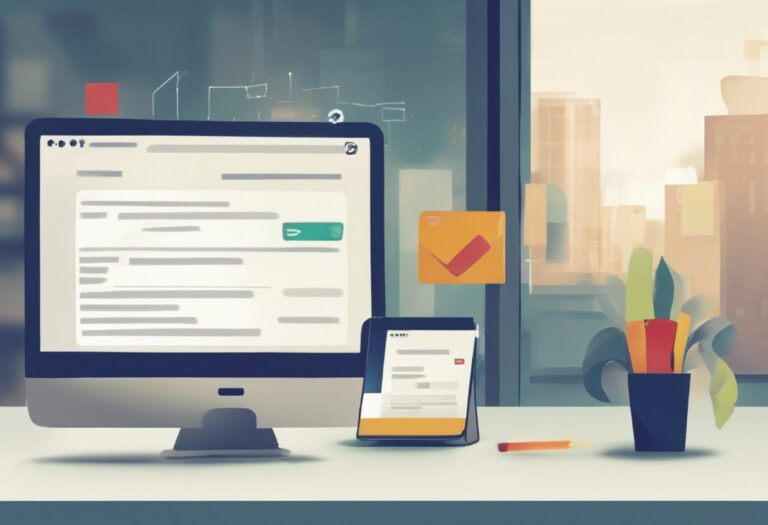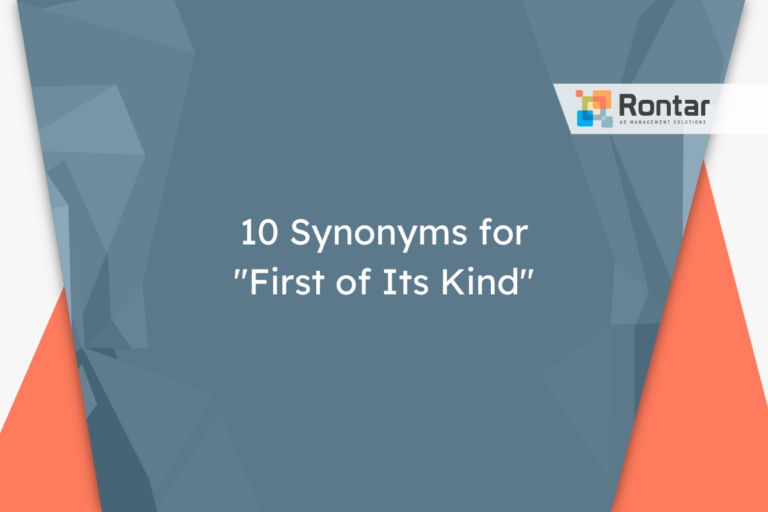10 Professional Ways to Say “I Appreciate It”

In the professional world, saying “thank you” is more than just good manners; it’s a way to build relationships and show respect. However, repeating “I appreciate it” can get old quickly.
This article introduces ten professional alternatives to refresh your gratitude vocabulary. Each option is explored with examples and scenarios to help you choose the right phrase for your next email.
Is It Professional to Say “I Appreciate It”?
Saying “I appreciate it” in a professional setting is professional, formal or informal depending on the context, and it’s definitely polite. The phrase strikes a balance, showing gratitude without being overly casual or excessively formal. It’s an excellent way to express thanks in a variety of professional situations, from acknowledging a colleague’s helpful feedback to thanking a client for their patience.
Situations where this phrase is ideal include responding to a coworker who has helped you with a project, expressing gratitude to someone who has given you constructive feedback, or in emails where you wish to thank the recipient for their time, information, or assistance.
Dear Laura, Thank you for sending over the reports so quickly. I appreciate it more than you know. This will help speed up our project timeline significantly. Best regards, Emily
Let’s look at the pros and cons of using this phrase:
Pros:
- Conveys gratitude succinctly.
- Suitable for a wide range of professional scenarios.
- It’s polite and shows respect to the recipient.
Cons:
- Can be considered too informal in very formal contexts.
- May be overused, reducing its impact over time.
- Does not specify what you are thankful for, which can make it seem generic.
While “I appreciate it” is generally a safe and polite way to express gratitude, some might want to use an alternative phrase to tailor their message more closely to the situation or to avoid repetition. This can help in making your appreciation feel more personal and specific to the individual’s action or contribution. Using synonyms or alternatives can also adjust the level of formality to better match the context or the relationship with the person you are addressing. Whether you seek variety, specificity, or a different tone, considering an alternative can make your expression of gratitude more impactful.
10 Other Ways to Say “I Appreciate It”
Here are ten professional alternatives to express your gratitude in an email.
- Thanks
- Thank you very much
- Thanks a lot
- Much appreciated
- Many thanks
- I’m very grateful
- That’s very kind of you
- This means the world to me
- Much obliged
- I am beyond thankful
1. Thanks
Compared to “I appreciate it,” “Thanks” is more casual and widely used in both spoken and written communication. It’s a brief and effective way to show gratitude without being overly formal. This synonym is perfect for situations where brevity is key, and the relationship between the parties is either established or informal.
For messages that need to be short and to the point, or when communicating with colleagues you know well, “Thanks” is an excellent choice. It conveys gratitude without the need for much elaboration.
Here’s a sample email where “Thanks” can be used effectively:
Dear Alex, I just reviewed the report you sent over. Thanks for getting it to me so quickly. Best, Sam
2. Thank you very much
“Thank you very much” adds emphasis compared to the simple “Thanks” or “I appreciate it.” It’s more formal and expresses a deeper level of gratitude. This alternative is suitable for situations where someone has gone out of their way to help you or provide you with something valuable.
This phrase is best used in scenarios where the gesture or help received has had a significant impact. Its formality and emphasis make it perfect for professional settings or when thanking someone you don’t know well.
For an example of how to incorporate this phrase into an email:
Dear Taylor, The feedback you provided on my presentation was incredibly helpful. Thank you very much for taking the time to review it in detail. Sincerely, Jordan
3. Thanks a lot
“Thanks a lot” is a step up in warmth and enthusiasm from “Thanks,” but it retains a casual tone. It is more personal and carries a bit more weight than a simple “Thanks.” This alternative is best suited for when you want to express sincere gratitude without being overly formal.
It’s particularly effective in informal emails or messages where a friendly tone is desired. However, it’s important to be mindful of the context, as it can sometimes be interpreted as sarcastic in written form.
Here’s how you might use it in a friendly email:
Dear Morgan, Your advice on the project really made a difference. Thanks a lot for sharing your insights. Warm regards, Jamie
4. Much appreciated
“Much appreciated” is a formal and polite way to express gratitude, comparable to “I appreciate it” but with a touch of added formality. It’s particularly effective in professional settings where you want to convey respect and gratitude simultaneously.
This phrase works well in formal emails or when you want to emphasize your appreciation without using too many words. It’s concise yet powerful.
As an example, here’s how “Much appreciated” can be used in a professional email:
Dear Riley, Thank you for forwarding the documents I requested. Your prompt response is much appreciated. Kind regards, Casey
5. Many thanks
“Many thanks” is another way to express gratitude that is both formal and heartfelt. It is more emphatic than a simple “Thanks” and is suitable for situations where you want to convey a strong sense of appreciation.
This phrase is especially useful in professional contexts or when addressing someone who has provided considerable help or support. It strikes a balance between formality and warmth.
Here is a sample email using “Many thanks”:
Dear Blake, I received the package you sent with the conference materials. Many thanks for going out of your way to ensure I got them on time. Best wishes, Avery
6. I’m very grateful
“I’m very grateful” expresses a deep level of gratitude and is more personal than “I appreciate it.” It conveys a sincere acknowledgment of the importance of the help or service received. This alternative is suited for occasions where you want to deeply acknowledge someone’s effort or kindness.
It is particularly appropriate in messages where you wish to make a personal connection or express genuine thanks for significant support or kindness. This phrase adds a personal touch and is fitting for both professional and informal contexts, depending on the relationship with the recipient.
For an example, here’s how to use it in an email:
Dear Harper, The guidance you provided during my internship has been invaluable. I’m very grateful for your mentorship. Thank you, Peyton
7. That’s very kind of you
“That’s very kind of you” highlights the kindness behind the gesture more than the gesture itself. It’s a polite and considerate way to acknowledge someone’s effort or thoughtfulness. This phrase is best used when you want to appreciate not just what was done, but the intention behind it.
This alternative is particularly suitable in contexts where the act of kindness stands out. It’s a way to personally acknowledge the thoughtfulness of the person helping you, making it fitting for both professional and personal correspondence.
Here’s an example of its use in an email:
Dear Jordan, I received the notes you left for me on the project. That’s very kind of you to think of what I might need. Cheers, Alex
8. This means the world to me
“This means the world to me” is a deeply personal and emotive way to express gratitude. It shows that the gesture has a significant emotional impact. This phrase is less formal and is best used in situations where you have a close relationship with the recipient or when their action has genuinely touched you deeply.
It’s an excellent choice for conveying heartfelt thanks in personal messages or when you want to express the depth of your appreciation in a more informal setting.
For a heartfelt email, here’s an example:
Dear Casey, The support you've shown me during this challenging time has been incredible. This means the world to me. With all my thanks, Riley
9. Much obliged
“Much obliged” is a formal expression of gratitude, almost equivalent to “I appreciate it” in terms of formality. It’s traditionally used and conveys a strong sense of obligation and thanks. This phrase is best suited for formal contexts or when you wish to express gratitude in a dignified manner.
This alternative is especially effective in formal letters or emails, particularly when addressing someone in a position of authority or whom you respect deeply.
As an example, here’s how “Much obliged” could be used in a formal email:
Dear Sam, Your recommendations were instrumental in the completion of my project. I am much obliged for your assistance. Respectfully, Alex
10. I am beyond thankful
“I am beyond thankful” expresses an extraordinary level of gratitude. It’s more emphatic than “I appreciate it” and conveys a deep sense of appreciation and recognition for someone’s effort or kindness. This phrase is suitable for situations where you want to express profound gratitude.
It works well in both professional and personal contexts, especially when the help or support provided has had a significant impact on your life or work. This expression adds a layer of emotional depth to your message of thanks.
For a deeply appreciative email, here’s an example:
Dear Jamie, The opportunity you've given me to lead this project has been a career highlight. I am beyond thankful for your trust and support. Sincerely, Morgan
Final Thoughts
Expressing gratitude in the workplace is crucial for maintaining strong professional relationships. The phrases outlined in this article offer a way to say “thank you” that is both professional and varied, preventing your appreciation from sounding repetitive. Each alternative serves a distinct situation, making your messages feel more personal and impactful.
Remember, the key to effective communication is sincerity. By choosing the right phrase for the right moment, you show genuine appreciation for the efforts of others. Start implementing these alternatives in your emails and watch as they strengthen your professional connections.






